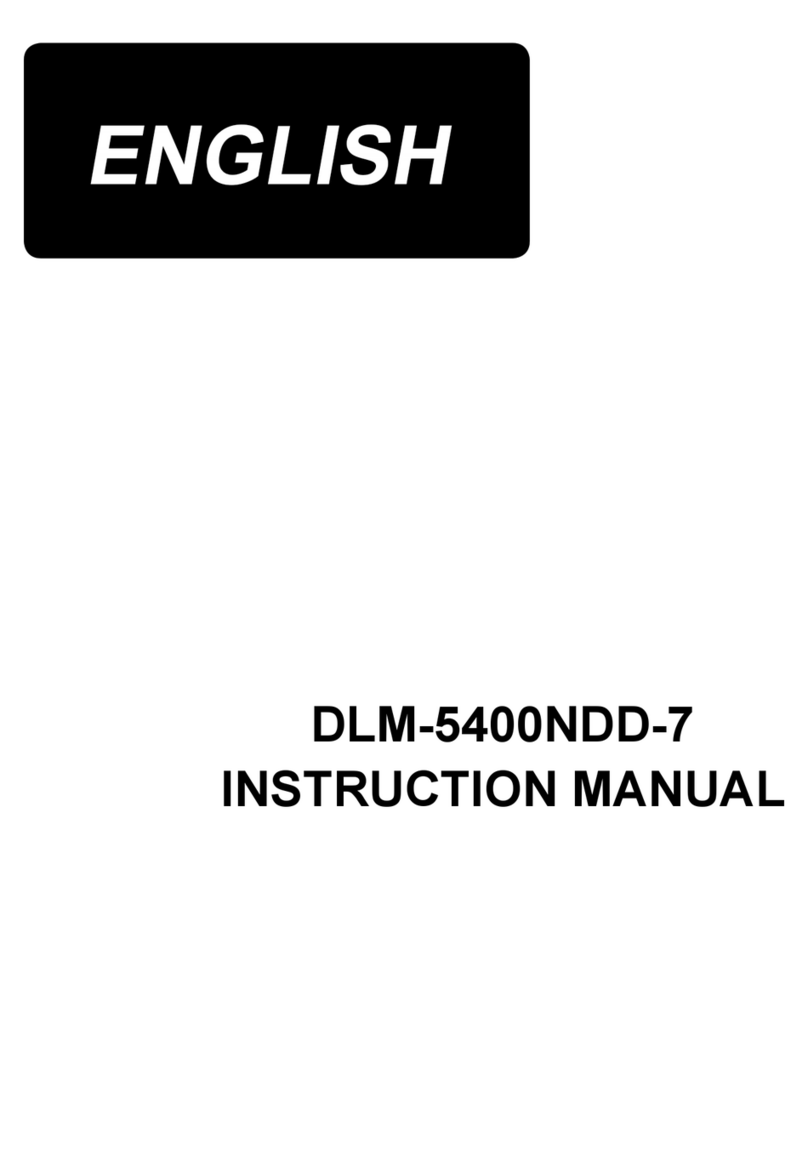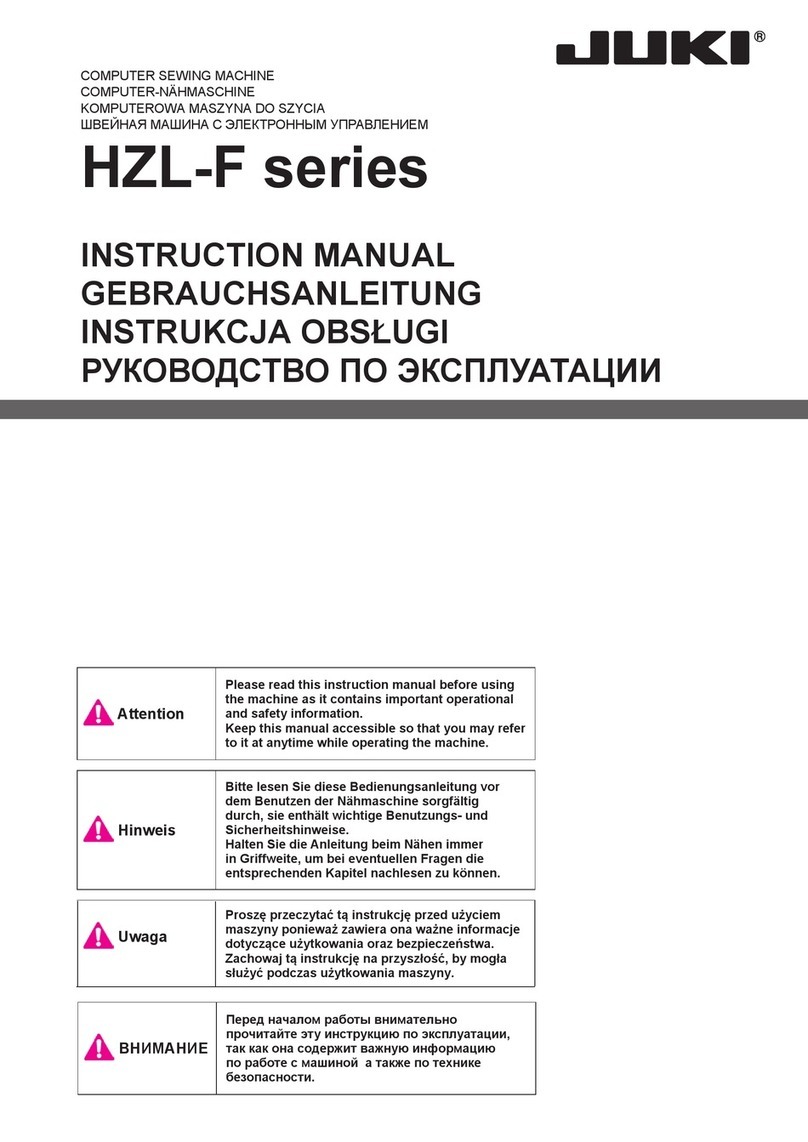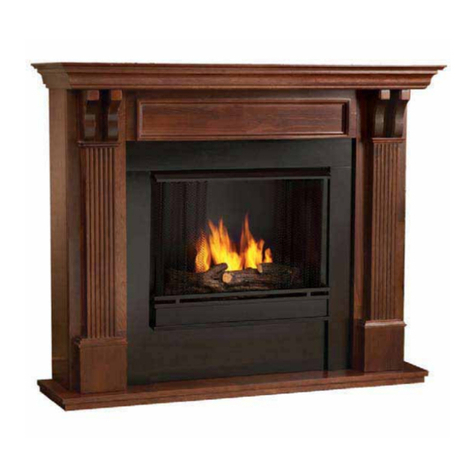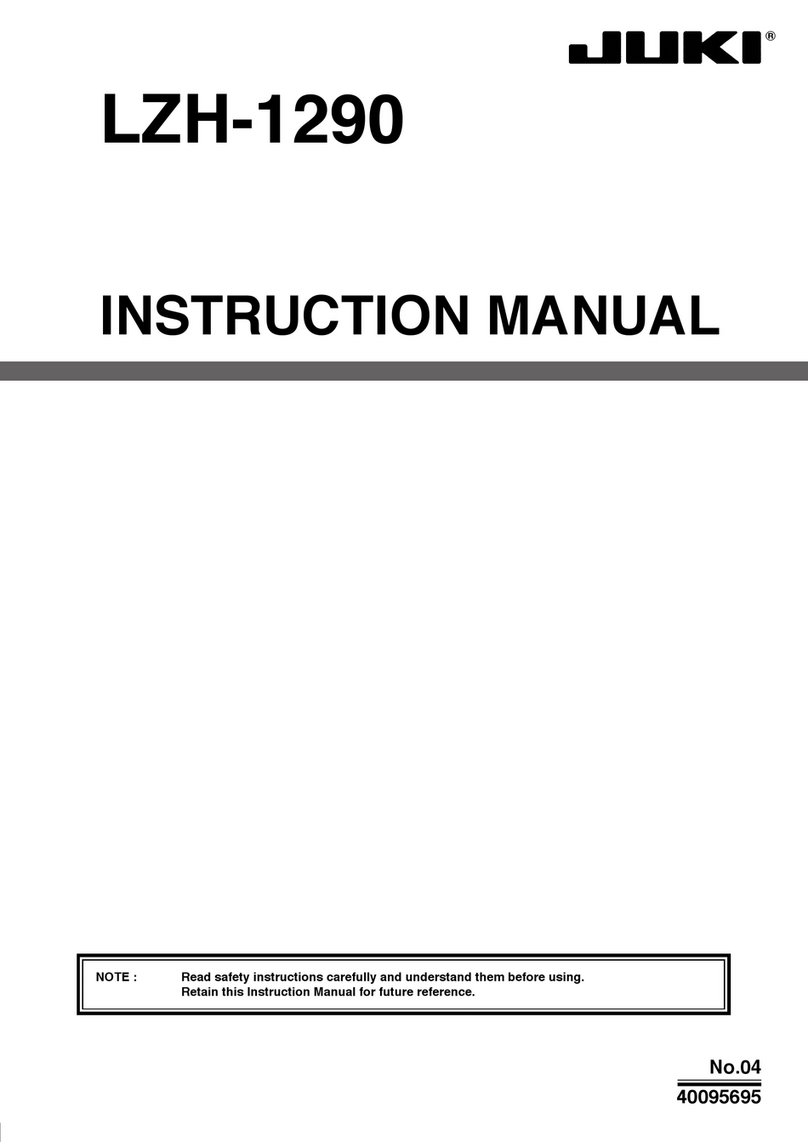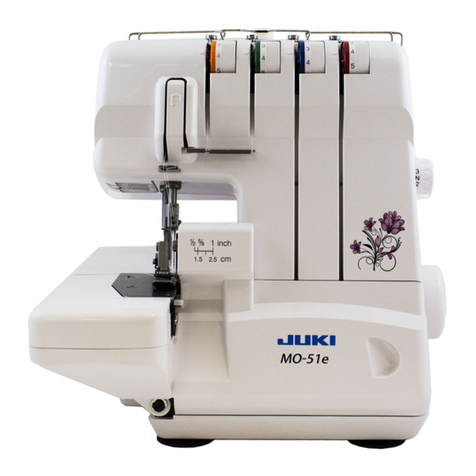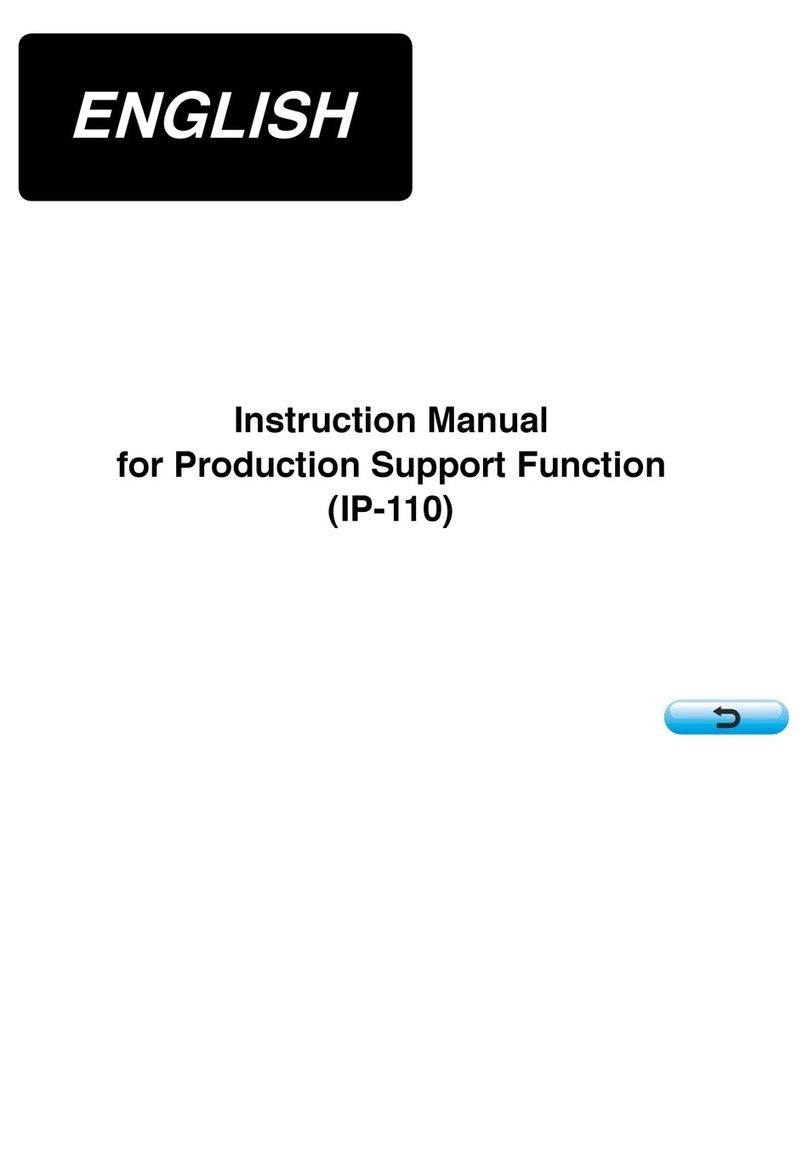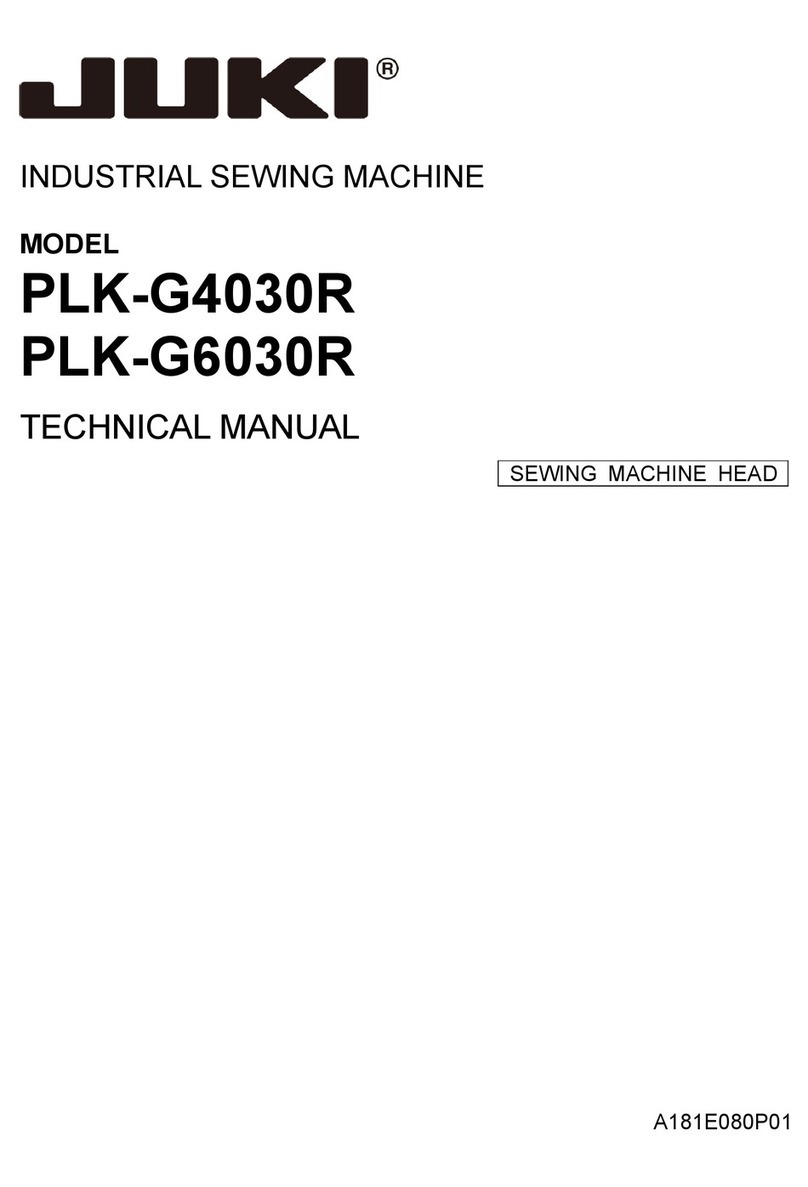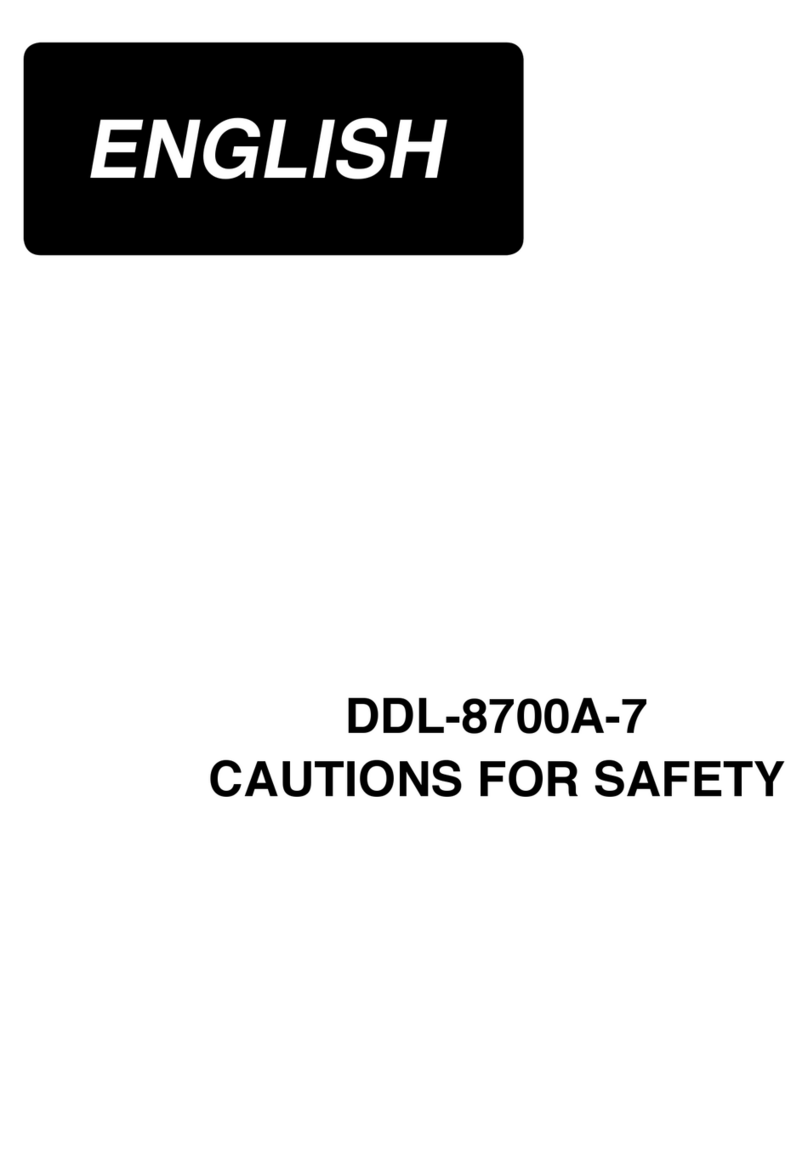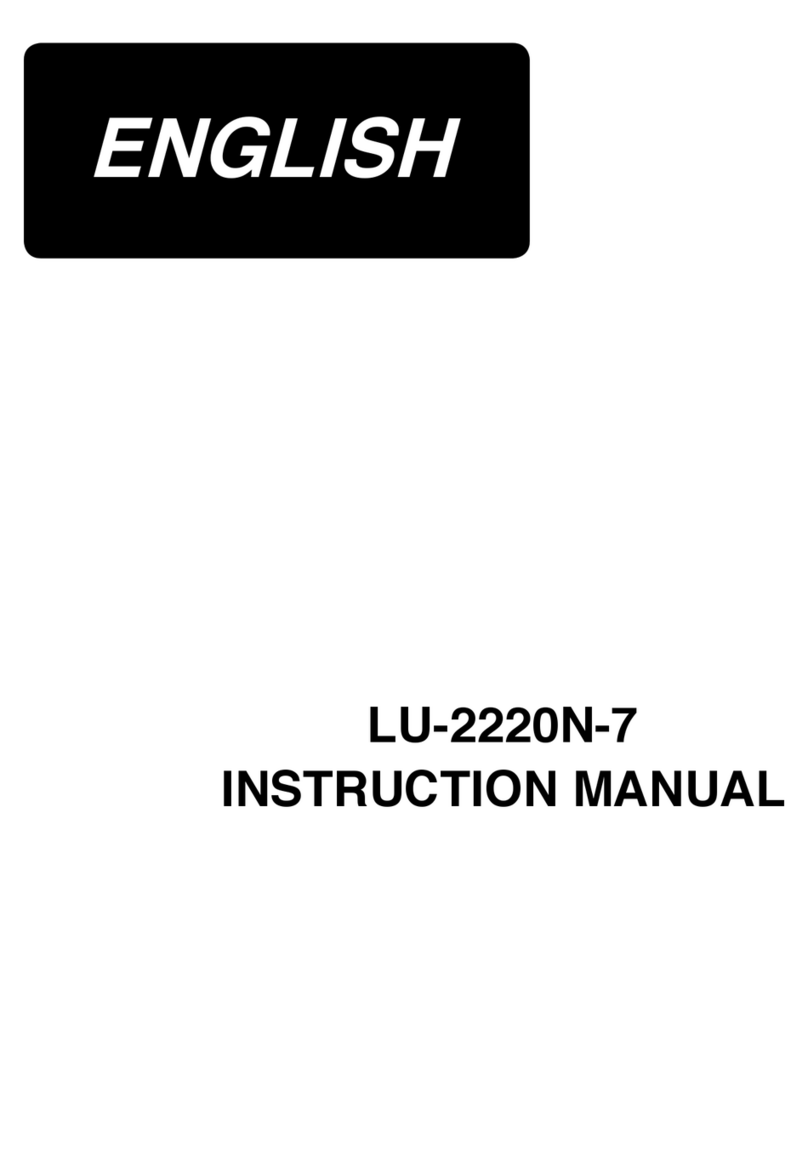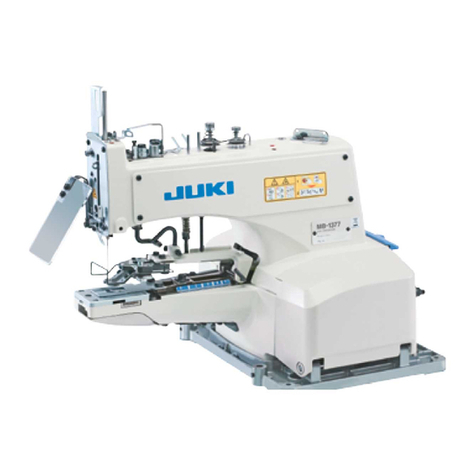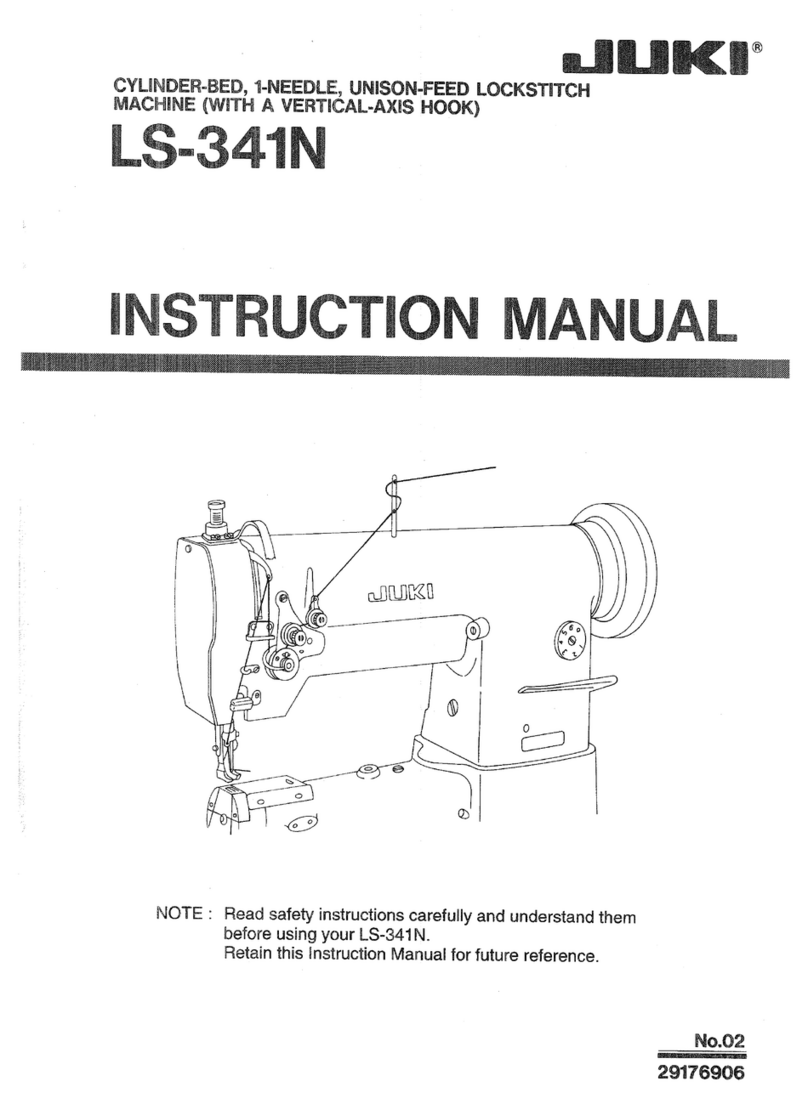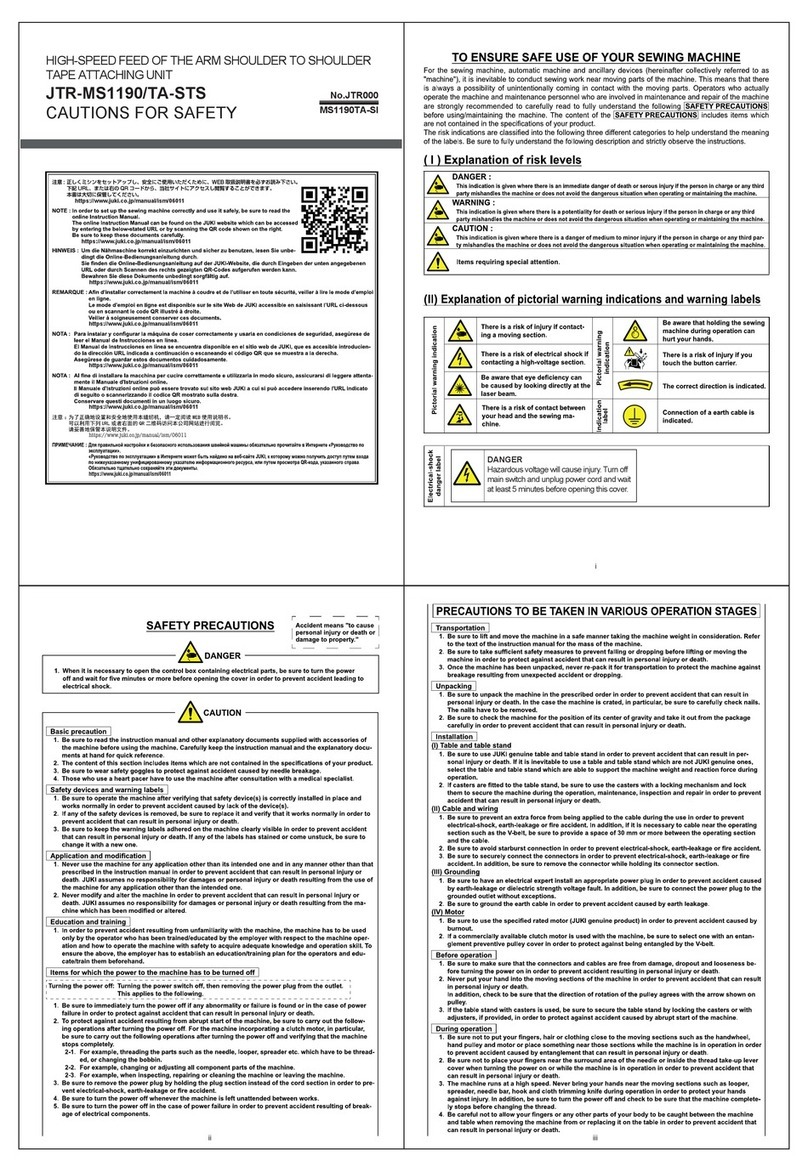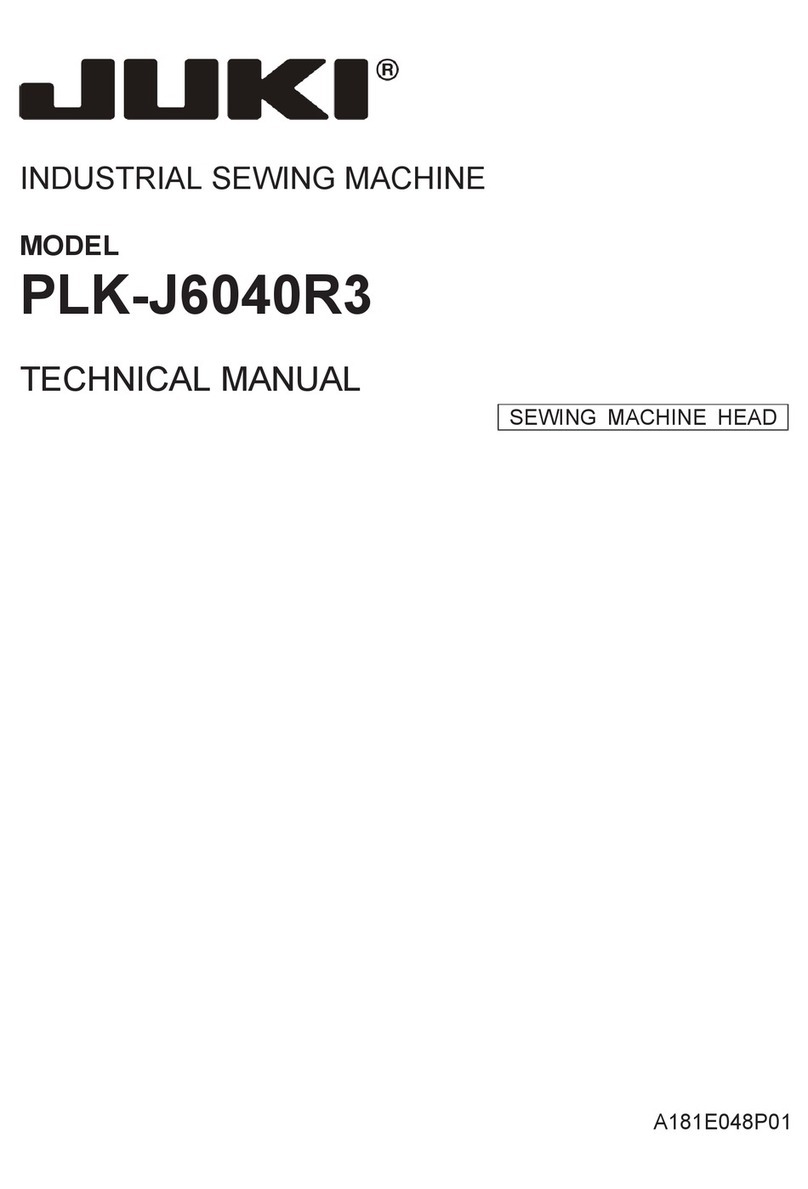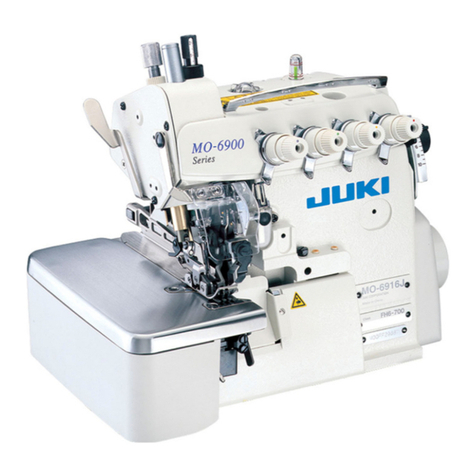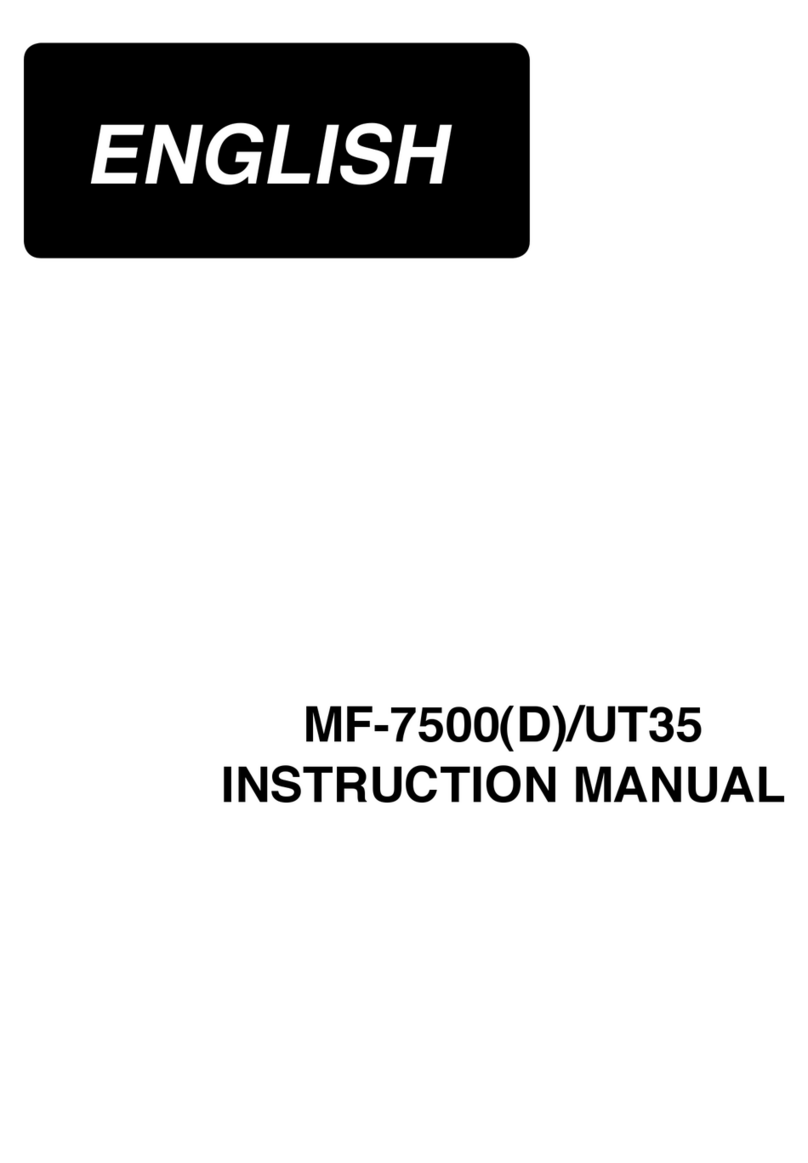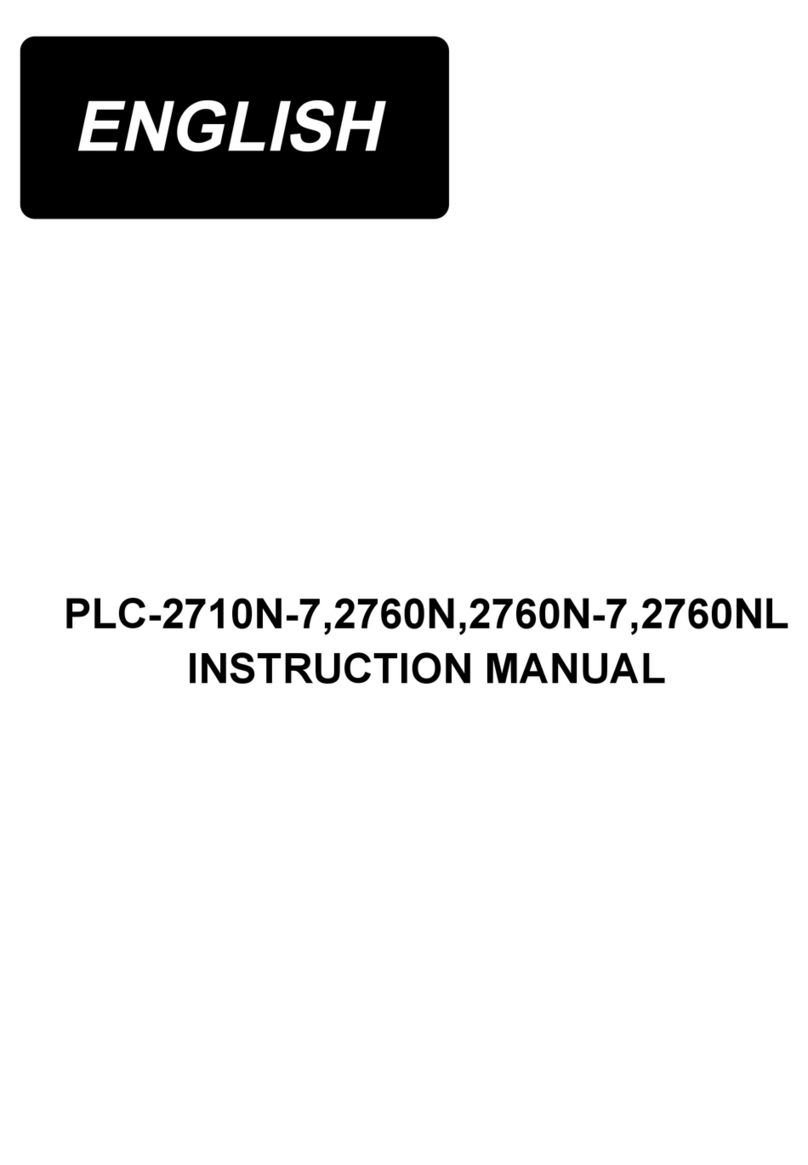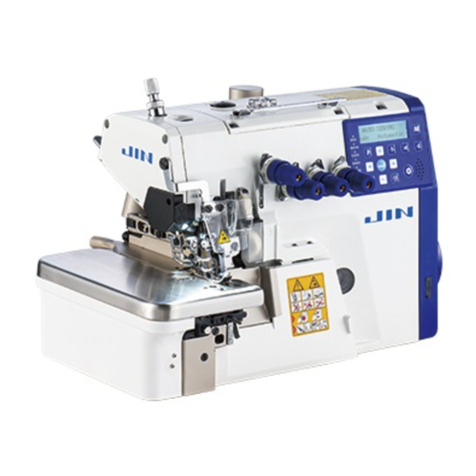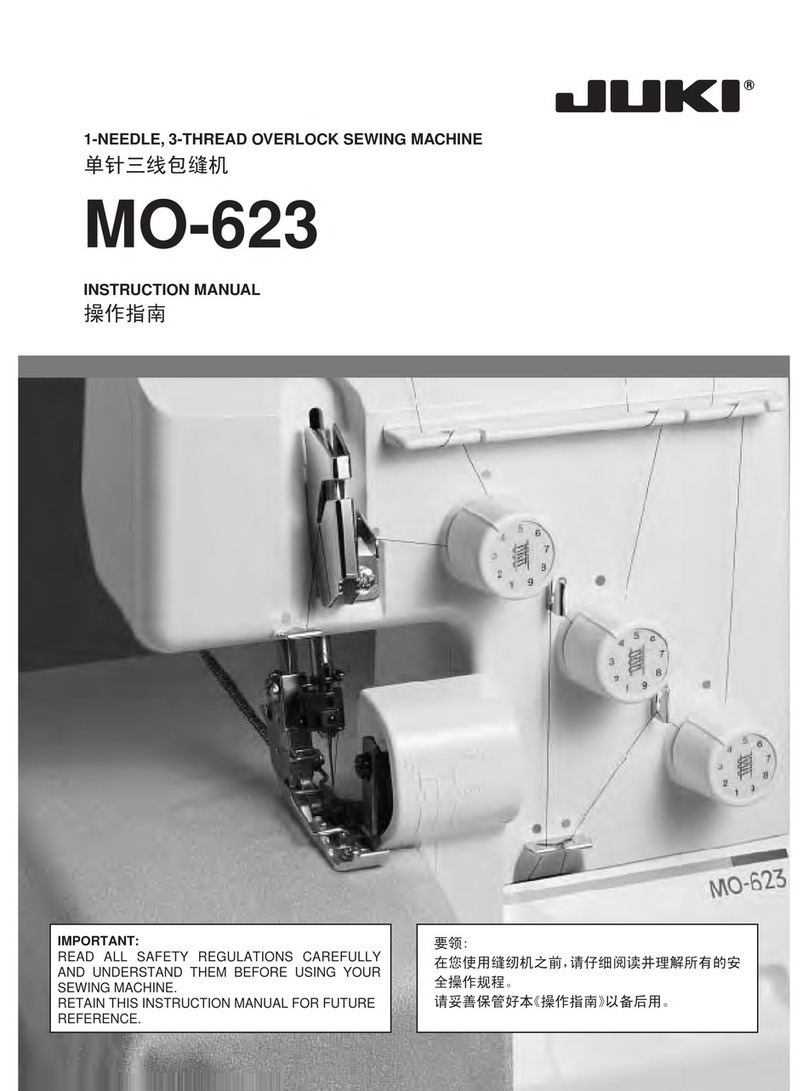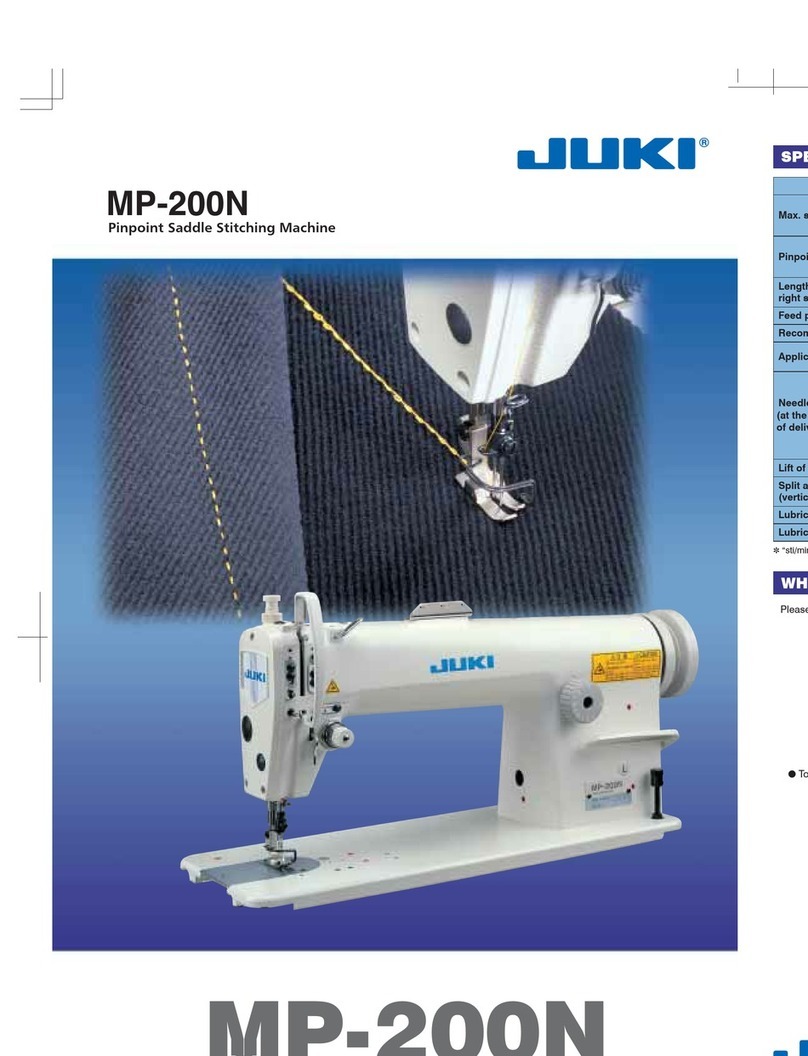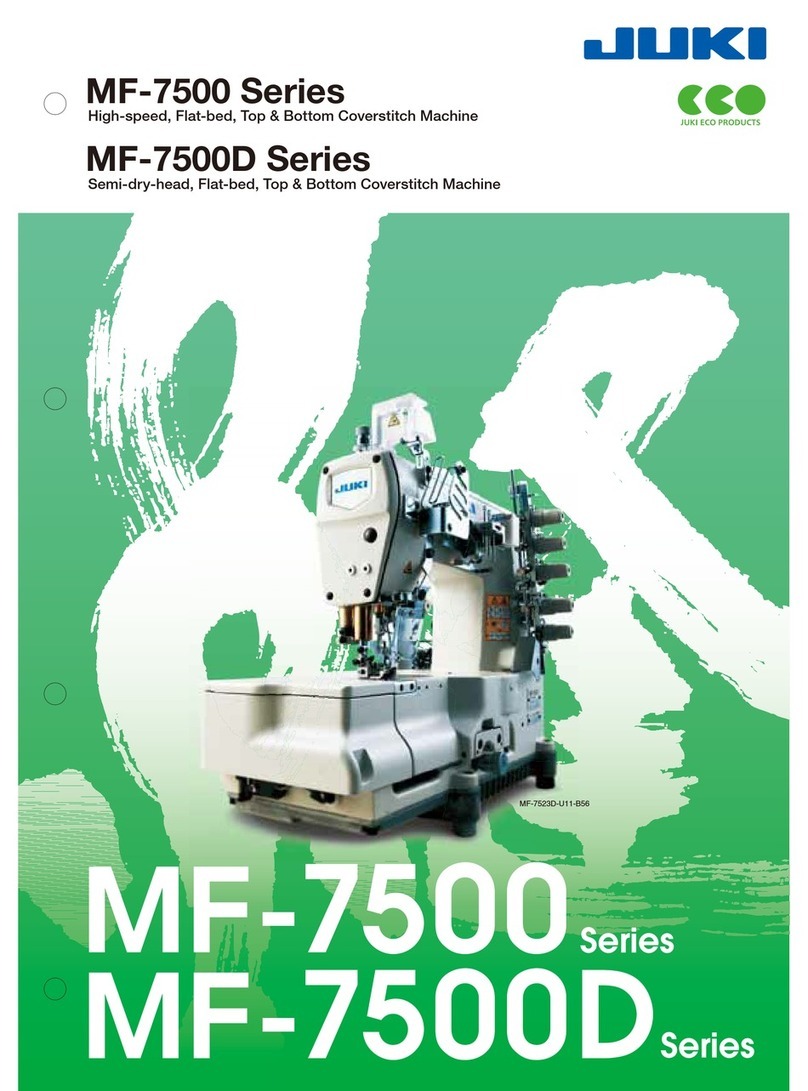ii
(1) Changing the thread tension value ..............................................................................................41
(2) Changing the intermediate presser height value .........................................................................42
2-9. How to use temporary stop..........................................................................................................43
(1) To continue performing sewing from some point in sewing ......................................................... 43
(2) To perform re-sewing from the start.............................................................................................44
2-10.Whensettingofsewingproductisdifcultbecauseofinterruptionofneedletip .................... 45
2-11. Winding bobbin thread ...............................................................................................................46
(1) When performing winding bobbin thread while performing sewing .............................................46
(2) When performing winding bobbin thread only .............................................................................46
2-12. Using counter..............................................................................................................................47
(1) Setting procedure of the counter .................................................................................................47
(2) Count-up releasing procedure .....................................................................................................49
(3) How to change the counter value during sewing ......................................................................... 49
2-13. Performing new register of users’ pattern................................................................................50
2-14. Naming users’ pattern ................................................................................................................51
2-15. Performing new register of pattern button............................................................................... 52
2-16. LCD display section at the time of pattern button selection .................................................. 53
(1) Pattern button data input screen.................................................................................................. 53
(2) Sewing screen .............................................................................................................................55
2-17. Performing pattern button No. selection .................................................................................. 57
(1) Selection from the data input screen ...........................................................................................57
(2) Selection by means of the shortcut button................................................................................... 58
2-18. Changing contents of pattern button........................................................................................ 59
2-19. Copying pattern button ..............................................................................................................60
2-20. Changing sewing mode..............................................................................................................61
2-21. LCD display section at the time of combination sewing......................................................... 62
(1) Pattern input screen..................................................................................................................... 62
(2) Sewing screen .............................................................................................................................64
2-22. Performing combination sewing ...............................................................................................66
(1) Selection of combination data...................................................................................................... 66
(2) Creating procedure of the combination data................................................................................ 67
(3) Deleting procedure of the combination data ................................................................................ 68
(4) Deleting procedure of the step of the combination data .............................................................. 68
2-23. Changing memory switch data.................................................................................................. 69
2-24. Using information .......................................................................................................................70
(1) Observing the maintenance and inspection information.............................................................. 70
(2) Releasing procedure of the warning ............................................................................................ 72
(3) Observing the production control information .............................................................................. 72
(4) Performing setting of the production control information ............................................................. 74
(5) Observing the working measurement information ....................................................................... 76
2-25. Using communication function .................................................................................................78
(1) Handling possible data ................................................................................................................78
(2) Performing communication by using the media...........................................................................79
(3) Performing communication by using RS-232C............................................................................79
(4) Take-in of the data ....................................................................................................................... 80
(5) Taking in plural data together.......................................................................................................81
2-26. Performing formatting of the media.......................................................................................... 83
3. WHEN USING CP-20..................................................................................................84
3-1. Name of each section of CP-20....................................................................................................84
3-2. Operation of CP-20 (Basic)...........................................................................................................85

